
To subscribe to the email, please send a blank email to: raildate+subscribe@groups.io
Raildate is a collaboration between the editor and a number of contributors. Please think about supplying links that you spot. The contact email address is: raildate.co.uk@gmail.com
There are sections on:
East
Isle of Man
London
Midlands
North East
North West
Scotland
South East
Wales
West
Yorkshire
National
Europe
France
Japan
USA
Air
Bus
Marine
Thank you to this week's contributors.
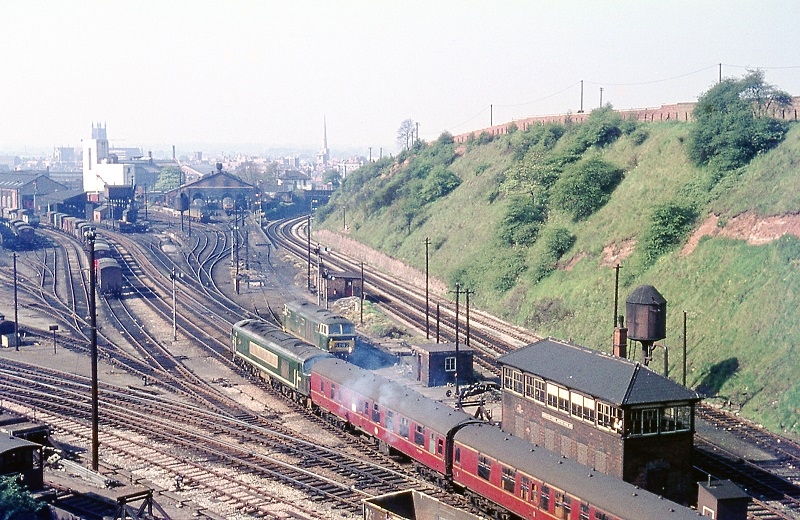
We end the Year 2023 with this magnificent general scene of ... where? Taken in 1966.
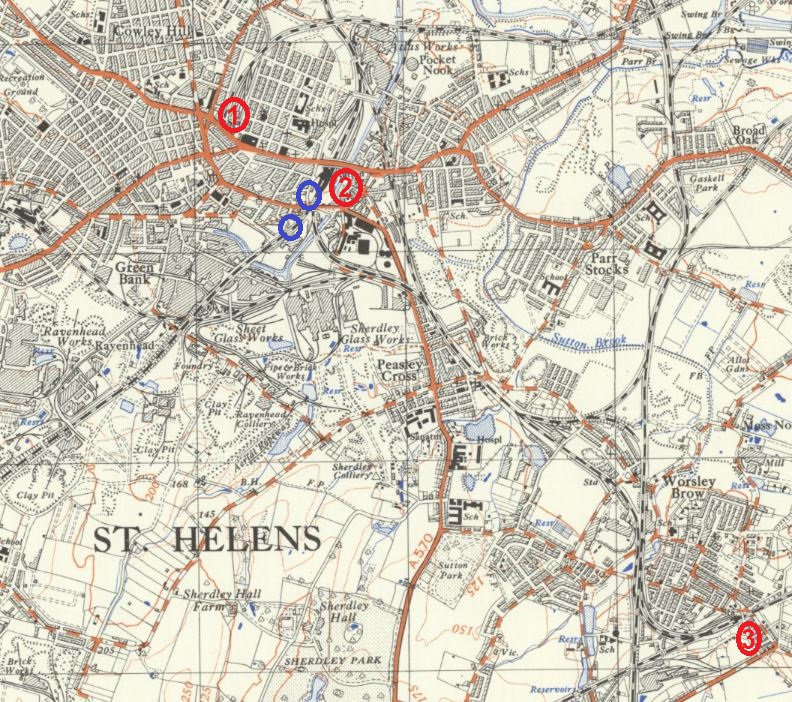
Almost all the railways serving this industrial town have gone, but its main industry still thrives. Where is it?
Answer: St. Helens. Congratulations are due to the following for their correct answers: Richard Maund, Paul Hopper, Chris Parker, Dave Goodyear, John Lacy, Andrew Treves, Andy Foster, Nigel Petre, Simon Wass, Ian Bromley, Bryn Pitcher, Jeremy Harrison, Mike Rapp.
The rich Lancashire coal field supported St. Helens becoming Britain's leading centre for glass-making. Pilkington Bros. was one of several major companies, and was the pioneer of the "float" method of glass manufacture in the 1950s. Such methods reduced head-count, but Pilks still employs 1,000 people.
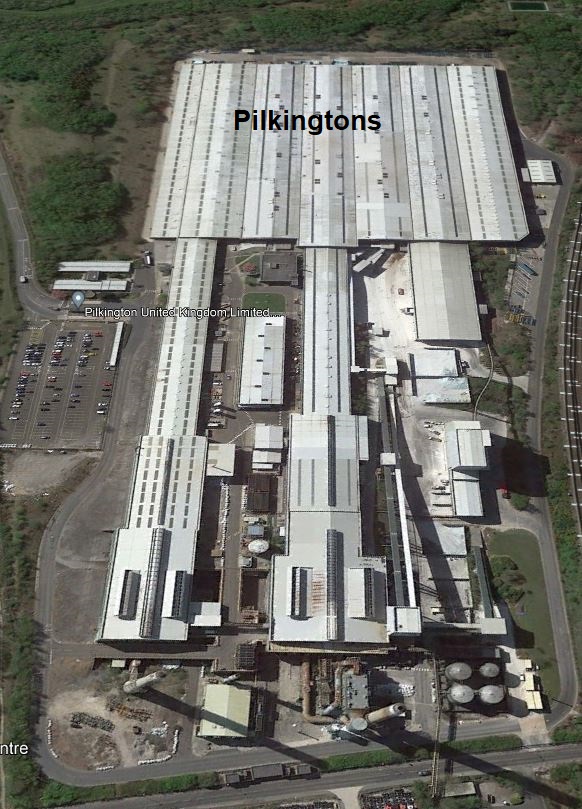
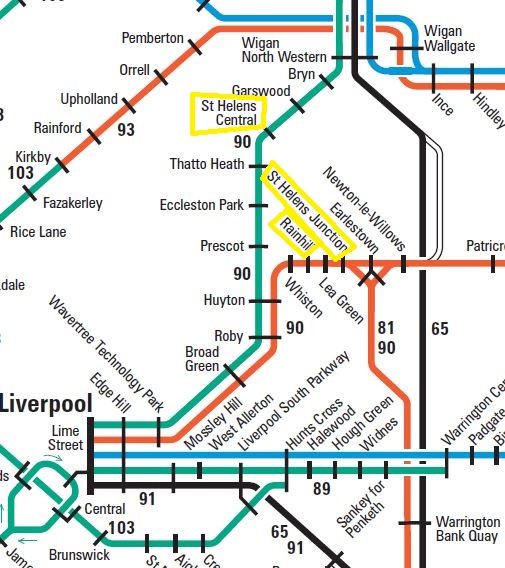
St Helens Central is now at [2] [top map] but was previously at [1] (the GCR station), with [2] then being known as Shaw Street. To complicate matters further, the LNWR station that finally landed on [2] moved in two steps from the locations marked in blue.
The early Liverpool-Manchester railway was 40 minutes walk away, and Rainhill, to the south-west, was scene of the famous locomotive trials (6-14th October 1829). St. Helens Junction station is [3] on the map - though the "junction" part is no more. The BR schematic mis-represents the distance between St Helens Central and St Helens Junction.
St Helens Corporation Tramways built an extensive tramway network. It was replaced by trolleybuses from 1927 and, in turn, by internal combustion vehicles from 1958. The various municipal tramways allowed for continuous travel from Liverpool via St. Helens to Wigan, Bolton, Manchester, Bury, Oldham, Rochdale, and even Accrington and Blackburn. The bus fleet included 40 London RT types, purchased NEW. Edgeley Cox, General Manager, had worked for London Transport and pulled a few strings.
The A580 East Lancs Road just to the north of St Helens was Britain's first purpose-built inter-city highway, dating from 1934. Here we see the new road being burrowed under the St Helens to Wigan line. ("First" means "since the Romans.")
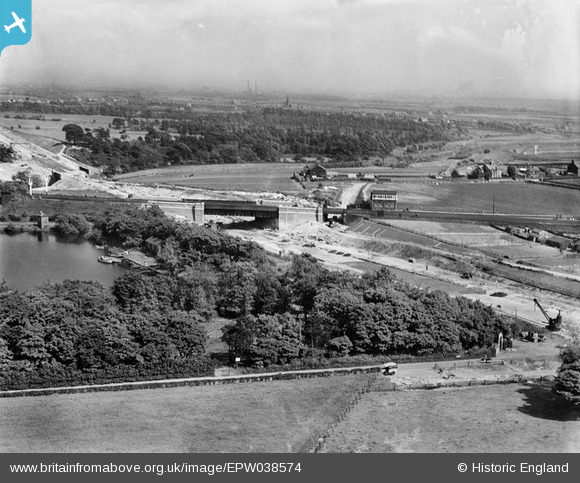
We welcome links to publicly available online news items and videos from anywhere in the world. Despite its name, Raildate covers all transport modes, including also bus, tram, air, and marine.
Raildate may be freely distributed without permission as long as no changes whatsoever are made to the original document distributed by the Editor.
The main Raildate website https://raildate.co.uk includes a history of Raildate by the founding editor Howard Sprenger and archived editions from 1996 to the present.
Facebook members are encouraged to join the Raildate group.
© Matthew Shaw 2023